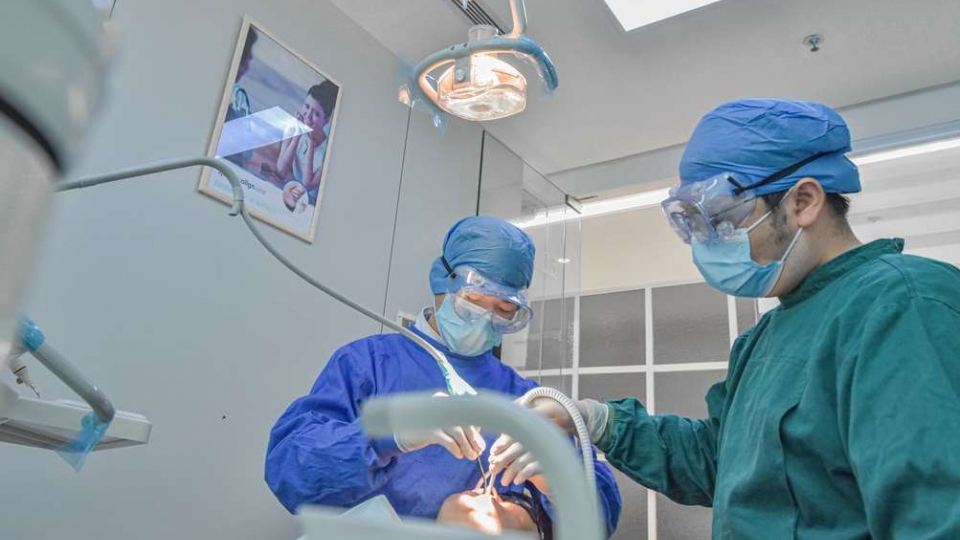As countries begin to ease COVID-19 restrictions across the globe, patients are cautiously beginning to return to their dentists. Amid the fears of a second wave of infections, the question of safety and protection is forefront on everyone’s minds.
Dentists and their patients are particularly at risk of waterborne diseases that can be carried by saliva. While safety standards have always been high in dentistry, they have now been taken to new levels for even greater protection.
Here are just some of the tools and technologies dentists use to keep their patients, and themselves, safe.
Dental PPE
PPE, or Personal Protective Equipment, is anything a person can wear that will keep them protected. There are many forms of PPE depending on the specific job and its requirements.
For dentists, the most common forms of PPE are:
- Rubber gloves
- Face masks
- Long-sleeved scrubs
- Goggles
These are all designed to protect the dentist from possible infectious diseases while working on patients, and are standard protocol whether there’s a pandemic or not.
PPE is typically designed to be disposable. Once a dentist has finished with one patient, they discard the masks and gloves and replace them with a new, sterile pair. Some PPE can be washed and reused; these are sent to special sterilization units that need to meet strict health guidelines for use in medical professions.
Using disposable PPE protects patients from cross-contamination. Gloves that may have got virus on them are disposed of, and never come into contact with another patient. This greatly helps reduce the potential spread of infections diseases.
Face Shields
Face shields have been in use in dental practice for many years. They’re standard equipment for certain procedures, especially when there’s expected to be a not-inconsiderable amount of saliva in the air.
Today face shields are even more common, and are used sometimes in even regular checks.
Face shields over a physical barrier between the dentist and patient that provides better protection from waterborne particles than a cloth mask. Face masks, even when designed to heavily filter particles, must still be breathable — an acrylic face shield doesn’t.
Combined with a face mask, face shields keep the mucus membranes of dentists’ faces protected, preventing infection and, by extension, lowering risk to patients.
Rubber Dams
Rubber dams are thin sheets of rubber that are stretched tight over a patient’s mouth while working, with precise holes cut to allow the teeth to show through.
Using rubber dams prevents any saliva or particulate from exiting the patient’s mouth while a dentist works. Any breath or water particles are unable to pass through the rubber, keeping the dentist protected.
While these might not be the most comfortable things for patients to experience during a treatment, they’re one of the safest ways for a dentist to work in a patient’s mouth without fear of the spread of virus.
Air Purifiers and Vacuums
Like the face shields, these have always been a part of many dental practices. However, these are probably the biggest thing being adopted by dental practices that didn’t already use them in the past.
One of the concerns with infectious diseases such as COVID-19 is that they can last in the air on water particles for quite some time — hours, even.
That means that even when wiping down working surfaces with sanitizer and disinfectants, the air in a room will still contain virus hanging in the air.
That’s where air purifiers come in.
These systems cycle the air in a room and pass it through HEPA filters. HEPA filters are specially designed for medical use to filter incredibly small particles from the air. Once the air has passed through the filter, it’s blown back out into the room.
Many practices are placing one filter in each room, including the waiting room. This ensures constant circulation and filtering of all common spaces, drastically reducing the amount of waterborne virus that could be floating through the air at a given time.
All of these tools and technologies, combined with thorough cleaning and sanitization practices, help to ensure dentists are able to continue to provide quality dental care to their patients during these troubling times.
Article originally published at yournewteethnow.com.

